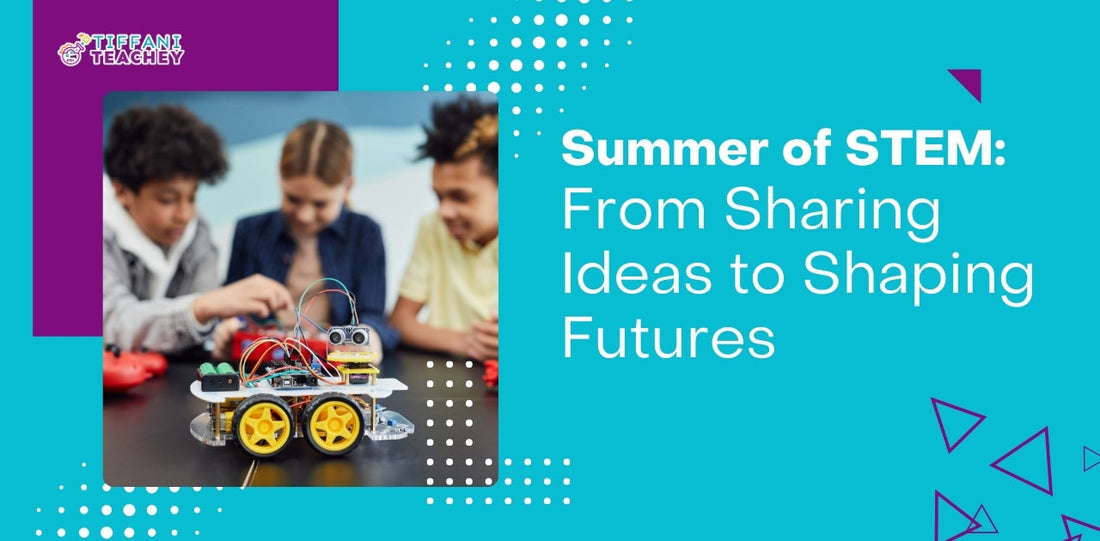
Summer of STEM: From Sharing Ideas to Shaping Futures
Share
As the summer heats up, so does the opportunity to make STEM more than just a subject—it becomes a way of life. This season is a reminder that sharing is at the heart of learning. Giving doesn’t have to mean money—it could be a favorite book, a helpful resource, an encouraging word, or simply a few minutes to help a curious child make sense of a science question. These simple moments of giving often spark the biggest ideas.
As boredom creeps in mid-summer, it’s the perfect time to reset. Giving kids the freedom to choose their next STEM adventure—whether it’s building a Mars lander, making slime, or launching a paper rocket—keeps them engaged and thinking critically. When kids take the lead, they stay curious and motivated.
But to truly spark growth, we have to know who we’re engaging. Every child is different. Some thrive on tech, others on nature. Some ask a hundred “why” questions before breakfast. Connecting STEM content to the interests and learning styles of children makes it come alive. Instead of giving answers, try asking, “What are you wondering about today?” Let their curiosity set the course.
Unstructured play is a powerful learning tool. Outdoor adventures, made-up games, and DIY challenges with chalk, rocks, or rubber bands teach creativity, problem-solving, and resilience. Even a walk through the backyard can become a science expedition. STEM doesn’t require a lab—it’s everywhere.
Everyday moments offer opportunities for deep learning. Conversations about braces can turn into lessons on physics and anatomy. Watching old space missions can lead to crater experiments and big dreams of future space travel. Baking cookies becomes a chemistry lab. Fixing a leaky faucet teaches engineering and logic. These real-life lessons give kids a taste of how STEM shapes the world around them.
STEM is also a way to support emotional and social growth. Whether they’re pretending to be zookeepers, creating secret codes, or designing games from scratch, kids are learning how to think, collaborate, adapt, and communicate—all critical life skills.
And while summer is full of fun, it’s also a time to plant seeds for the future. Encouraging internships, volunteer opportunities, and mentorship—even at home—helps kids see themselves as future engineers, scientists, coders, doctors, or game designers. Real-world skills like budgeting, sewing, or even measuring curtains can lay the groundwork for STEM confidence.
Conclusion: Small Sparks, Big Futures
STEM isn't just something kids learn—it's something they live. Every question asked, every experiment tried, every structure built from popsicle sticks is a spark. And when we nurture those sparks with freedom, support, and curiosity, they can grow into fires that light up the future. Whether you’re a parent, teacher, or community leader, you don’t have to know all the answers. You just have to be willing to ask the right questions, give space to explore, and share what you can along the way. Because
